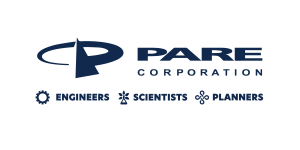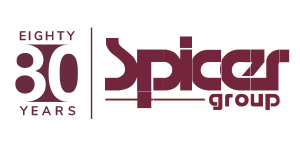Resource
Rehabilitation of Ledbetter Lake Dam
Imagine taking ownership of a 330 acre lake in 2012 shortly after being told by the State that the lake needed to be drained immediately. Ledbetter lake dam, located in Rockingham, North Carolina, is an old, mill-style dam and spillway that was converted to a small hydro-dam. The dam was originally constructed in the early 1880s. Leaks through the penstock led to NC Dam Safety requiring the lake be drained until analysis and repairs were completed. The owners contracted with an engineering firm to provide analysis and design. Analyses indicated the earthfill embankment stability during a seismic event did not meet State requirements, the brick and concrete spillway was unstable when considering overturning and sliding, and additional spillway capacity was needed. Engineering estimates for construction ranging from $1.1M to $1.4M were provided to the owner; however, bids from contractors ranged from $2.6M to $3.8M. The owner could not afford to proceed, and didn’t know what to do. The landowners around the lake were frustrated, and a lake that has had water in it for 130 years remained empty.
The owner contacted Terracon in 2014 and described the series of events, asking if there is something that can be done. A team was formed by Terracon, which included Grimes Engineering and JFR Engineering. The owner was informed that we needed to take a fresh look at everything, and consider all possibilities. After a feasibility study, we determined that it appeared there were alternatives that may keep construction costs in line with the original budget. Preliminary design and analyses were completed indicating that rock anchors would be an effective way to stabilize the spillway, earthen berms would improve the embankment, and the additional spillway capacity could be achieved with modifications to the existing spillways. This was all estimated to cost $1.4M including construction oversight and contract administration. The owner did not want to believe it, but told us to proceed. Then came the hard work. 11 pp.
































